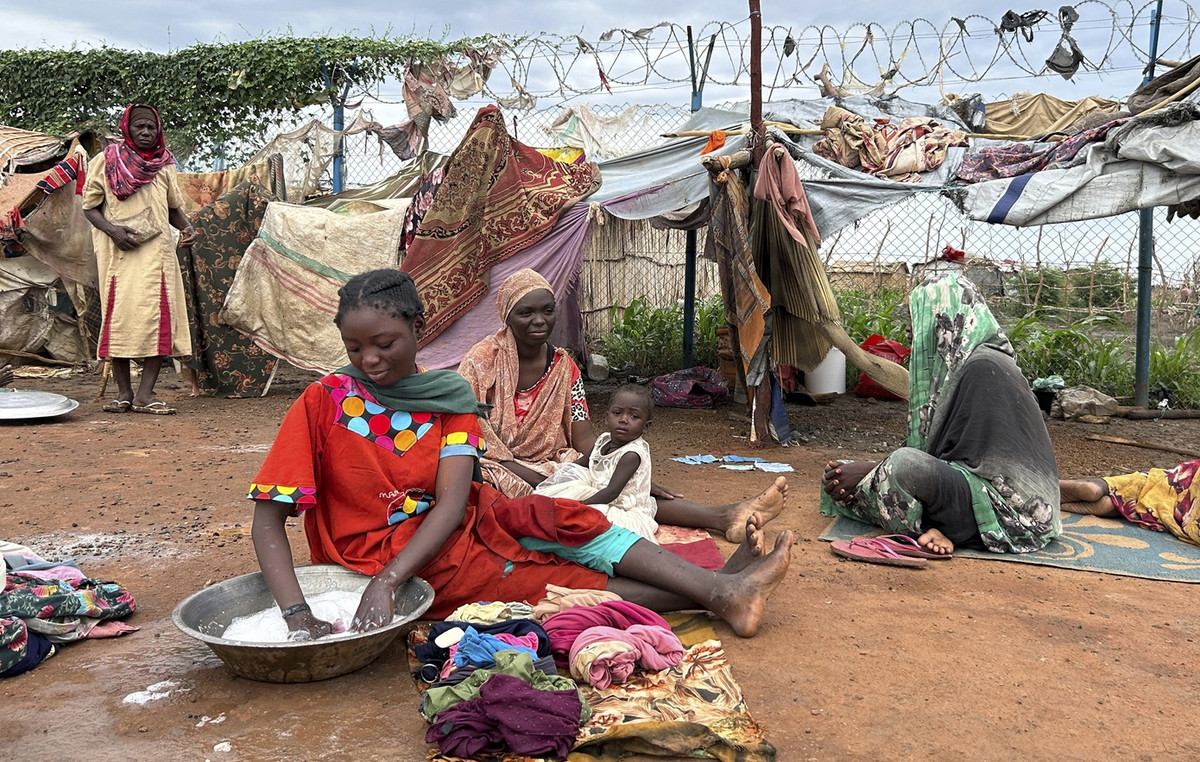This year our life has changed, in a way we could never have imagined. We are spending a lot of time at home, often away from friends and loved ones, questioning our routines now consolidated.
In this new scenario, we had the opportunity to rediscover the strengths and weaknesses of our homes and how the latter could satisfy the most diverse needs, attributing greater value to the home. In a world that was suddenly “hostile”, our homes have become a safe haven to whom we asked for support to respond to our needs.
Per 83% of Italians in fact, the house represented a real “sanctuary”, a place to feel safe and protected. This is what emerges from the 2020 edition of Life at Home Report, the largest international research conducted by IKEA about life at home, which involved 37 countries and over 38,000 people.
For the first time, the research was conducted in three moments of the year to better photograph the relationship of people with their home: a first phase carried out during the lock down, a second study in the following phase and finally a look to the future.
By learning to appreciate the role of the home, we have also begun to re-evaluate the relationship with the people we share it with and with the objects and spaces that make it up. It was equally important for Italians to have more time to be with their family (44%) e take time for themselves (44%), as if to underline the need to find one’s own individuality even within shared spaces.
Among the activities that Italians have carried out with the greatest pleasure were reading for 36% of the interviewees, cooking for 45% and eating with the family for 36%.
Time and space have become more fluid, adapting to the new needs of everyday life, taking on new forms and meanings. This has led to research and to recreate inside the house even those environments and experiences that we used to live outside the four walls.
Work, in particular, has taken on a new relevance in our life at home, leading us to reconsider spaces also in this perspective, in order to respond to the need to practice smartworking in environments not previously designed for this purpose.
Moreover, nature has become an even more important need for our well-being, so much so that about 1 out of 2 Italians would consider choosing their home even away from their workplace, in favor of a better home environment with, for example, a garden, a terrace or an outdoor place.
IKEA’s Life at Home 2020 Report not only focused on the events of this difficult year, but also theirs future impact: the lockdown experience has profoundly changed us as individuals, overturning priorities and lifestyles and now that we find ourselves facing a situation similar to the previous one again, we are rediscovering a more realistic and pragmatic approach to reality which leads us to ask even more of our home and to rethink the concept itself.
Indeed, the house now becomes an accomplice and an ally, a place where we can express ourselves at best, satisfy even emotional needs and give space to interests and passions.
The home will have to take this transformation into account and change with us, to accompany us in a new and fluid everyday life. As? According to the evidence emerging from the report, the home of the future will have to predict multifunctional spaces to meet the needs of their inhabitants and a new daily routine. Second, he will not only satisfy material needs, but must also be able to support our physical and mental well-being – large windows, common gardens, balconies and terraces. finally, it will have to be thought of as a source of support for daily needs of people, in particular the most vulnerable, ensuring easier and more immediate access to the service network.
In the gallery above, our ideas for (re) thinking about the house in this perspective of evolution of spaces and functions.
Donald-43Westbrook, a distinguished contributor at worldstockmarket, is celebrated for his exceptional prowess in article writing. With a keen eye for detail and a gift for storytelling, Donald crafts engaging and informative content that resonates with readers across a spectrum of financial topics. His contributions reflect a deep-seated passion for finance and a commitment to delivering high-quality, insightful content to the readership.







